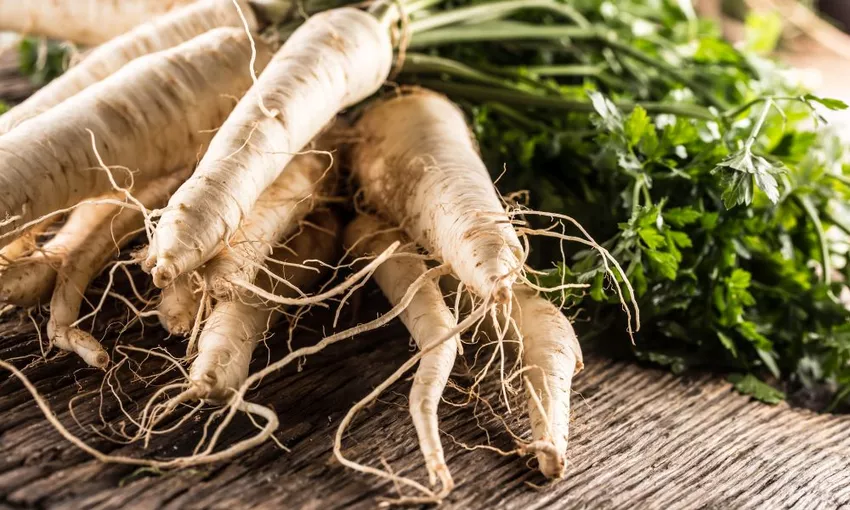Pasnips are versatile, tasty and also very popular. But for them to thrive, you'll need to give them some care.

The cultivation and care of parsnips (Pastinaca sativa) is simple and easily possible even for hobby gardeners without extensive knowledge.
Just follow our care instructions and you can look forward to a rich harvest in autumn. You can then prepare fries, purees and soups from the delicious vegetables or use them in vegetable pans.
Choose location and soil for parsnips
Pasnipaks prefer a sunny, even full sun location. The soil should have a pH between 5.5 and 7.0 and be rich in nutrients and humus. You can neutralize very acidic soils with lime. Parsnips easily accept a heavy, loamy substrate. Mature compost is a good addition to the soil.
Sowing Parsnips
The sowing of parsnips is possible from March to June. Specimens sown earlier grow taller than those sown later. You must first loosen the soil deeply. Then plant the seeds about an inch deep and at least four inches apart.
Keep the substrate slightly moist regularly. After two to three weeks, the seedlings will be visible. It is important that you do not sow parsnips or other umbellifers such as carrots in the same spot for several years in a row. Otherwise the soil leaches out on one side and the yield decreases.
Water and fertilize parsnips
Water your parsnips very regularly, especially from mid-June to the harvest in October, and at the same time make sure that heavy loamy soil does not become waterlogged. If the substrate is more permeable to water, excess liquid can usually drain off without any problems. You only have to fertilize once. This should be done about four weeks after germination.
Carrot fly and Alternaria dauci infestation
Carrot fly larvae often cause feeding damage to parsnips. The plants react to this first with yellowed and then withered leaves. AroundTo prevent the pests from spreading to other parsnips, you must remove the affected specimens from the bed immediately.
If the leaves of the parsnip do not turn yellow, but brownish to black, the cause is probably carrot blackness, which is caused by the fungus Alternaria dauci. Treatment is very easy despite the threatening appearance of the damage. Simply cut off the affected leaves and preventively plant the parsnips a little further apart next year. Extensive damage to the roots is not to be expected.
Harvest parsnips
Harvest your parsnips in October. Loosen the surrounding soil with a fork and carefully loosen the roots from the ground. The parsnips can be stored well in cool temperatures around the freezing point (more about this here). You can simply freeze excess roots in the freezer or freezer.